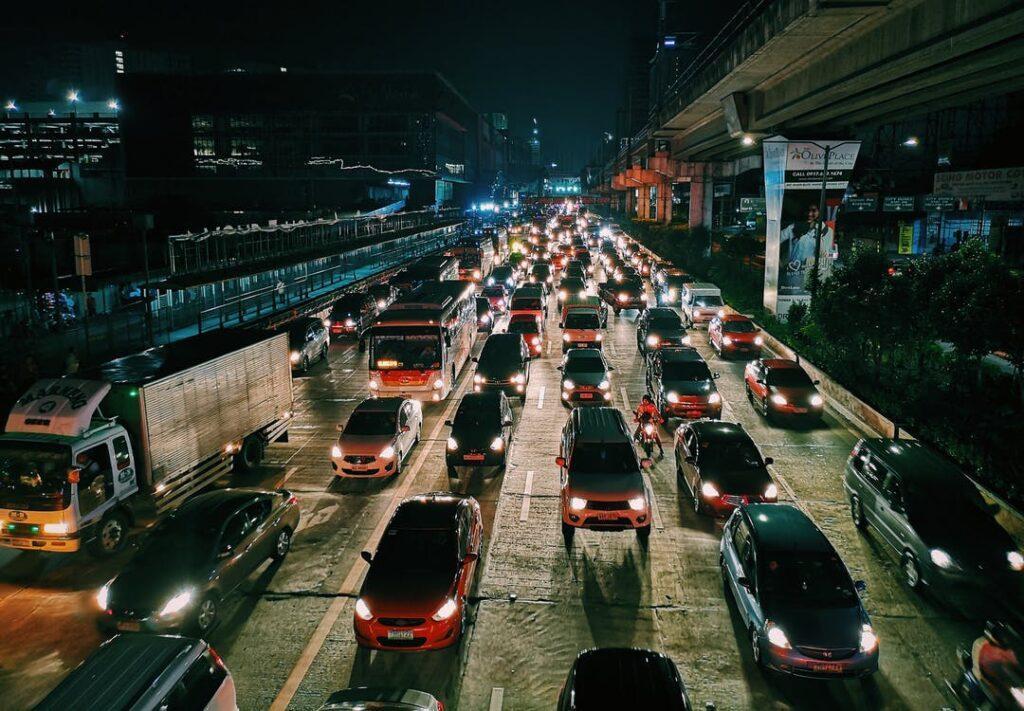By Ruchi Singla
Every morning, each one of us has our smartphones in our hands, checking Google Maps so as to find out the amount of traffic on the road from our home to our respective offices. If we find there is traffic congestion on the road, we tend to delay and wait for the road to clear. Even when we want to visit a mall or another city it is prudent to check Google Maps for the correct route and amount of traffic before starting the trip.
Presently Google Maps is the most widely-used application when considering the right route and amount of traffic congestion. It does not apparently solve the problem of traffic jams. We need a more complex and intelligent system to take care of it.
Each of us owns a smart device. It may be your smartphone, a smartwatch, an iPad, or even AI-powered personal assistants. All these devices have an on/off button and require internet connectivity.
These IoT are devices are interconnected, and data from these devices can be clubbed to draw conclusions. IoT is capable of sending and receiving data from each other without human help. There are numerous ways IoT is helping us to make our daily life more comfortable. One of the practical areas is Traffic Management System. IoT can be effectively used to reduce traffic congestion on roads.
Traffic Management
Firstly we have to identify the areas with heavy traffic. For example, take the route from Electronic City and HSR Layout. A large number of residents from HSR Layout go to electronic city every day for work. The data for the number of offices in Electronic city and the number of employees working in each and every company can be fed into a computer.
The number of employees, their working hours, their working shifts, the mode of transportation taken by them from office to home and from home to office, their entry time to office and exit time from office to home can be fed to the computers. This data can be processed using AI and data sciences into useful information like how many and what type of vehicles will be road per minute.
If we know exactly how many vehicles i.e. two-wheelers, four-wheeler or private or public vehicles are to leave at a particular time, the number of vehicles on the road can be accurately predicted. An alert can be sent on time to various other employees who are in the office so that they can start when the congestion on the road is less. By working on the management of vehicles on the road definitely, we can ensure smooth movement of vehicles on the road.
The benefits would be reduced travel time for the employees. The employees also have to take initiative by feeding their data into the computers of what kind of vehicles they own and what time they leave the office. All this data can be collected from various devices via the Internet and compiled to form a flowchart for traffic management.
Sensors & Cameras
Various sensors and video cameras can be installed on multiple points on the road which can actually count the number of vehicles on the road and sending alert to the various employees who will be starting in 15 minutes.
The sensors can increase the time for green light if there are more vehicles on the road than expected. This would ensure the rapid movement of all the vehicles without any stoppage. Similarly, if there are lesser number of vehicles the time for red light can be increased so that more vehicles can come out of the offices. Sensors can re-route and provide alternate shorter routes in case of a sudden increase of traffic volume. Similarly, empty parking areas can be notified to a vehicle looking to park near the required destination. Roads needing repairs can be spotted and action can be taken for timely repairs.
Artificial intelligence-based analytics software like automatic number plate recognition and red light violation detection using face recognition systems will monitor various traffic junctions and other sensitive areas to identify traffic offenders and issue alarms habitual offenders can be issued e-challans.
Outlook
Traffic management using IoT and Facial- recognition will surely ensure better days. Though it requires co-operation of each and every individual. On the hindsight lot of private data will have to be shared. People may not be ready to use facial recognition as it is something private and personal. Therefore by using the data gathered efficiently and carefully we can make our lives easier. At the same time, the rights and privacy of all citizens should be protected.
Link: https://analyticsindiamag.com/traffic-management-using-iot-facial-recognition/
Source: https://analyticsindiamag.com
